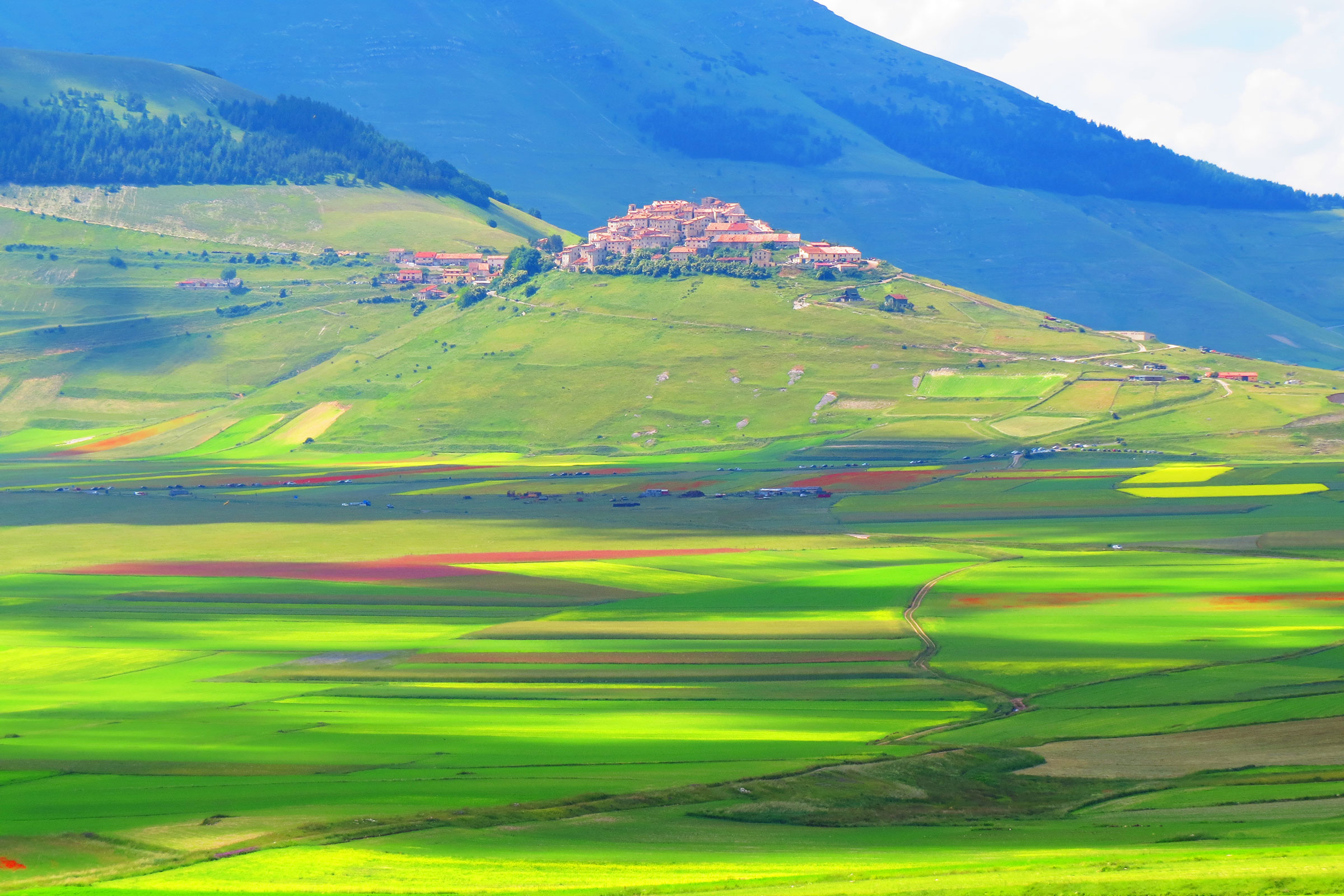Welcome to Norcia
At 604 m. above sea level, between the rivers Sordo and Torbidone rises the town of Norcia, formerly Nursia , the largest city in the area.
The origins of the city are very remote: already at the time of the Punic wars between the Romans and the Phoenicians, Norcia had a leading role, as documented by Latin historians.
During the Roman era it was a center of political importance: first prefecture and later municipality. Shocked by the Lombards and the Goths, it recovered and was an active medieval center.
Its historical beauties have largely been damaged by the frequent earthquakes that have devastated the town over the centuries. The first documented earthquake dates back to the first half of the 14th century.
However, thanks to a careful restoration , today the city presents itself in its original structure, with splendid medieval and elegant architecture.
The city was the birthplace of a great religious figure: St. Benedict , the first monk of Christianity, and founder of the Benedictine order , who lived at the turn of the 16th century, between prayer and the humility of work, as he himself summarized in now famous phrase " Pray and Work ".
The city and its treasures
The city lends itself both to excursions among the flavors of the typical cuisine restaurants and to a more careful and thorough visit of its rich works of art, all enclosed by the ancient walls. In this sense, the Gothic church of San Benedetto is noteworthy.
The Cathedral is from the Renaissance period, but unfortunately little remains of the original and the restoration in the Baroque period has changed the architectural style. Another notable example of Renaissance architecture, this secular vote, is the Castellina, a four-sided fortress built by Vignola, now home to the Diocesan Civic Museum .
The fourteenth-century churches of S. Agostino , which deserve a visit for the ogival portal whose lunette bears a fresco in good condition with the Madonna and Child and S. Agostino, and that of San Giovanni, which unlike the first, however, has lost its original structure due to the restorations in the Baroque period. Also beautiful is the church of San Francesco with the rose window that opens onto its facade. Near Norcia, the village of Serravalle offers the magical atmosphere of a lost village in the green of the Umbrian hills.
For lovers of trekking and rural expanses, the plains of Castelluccio offer a truly unique spectacle, especially during spring, in which, thanks to the flowering, the meadows take on a thousand different shades merged together in a single multitude of colors.
